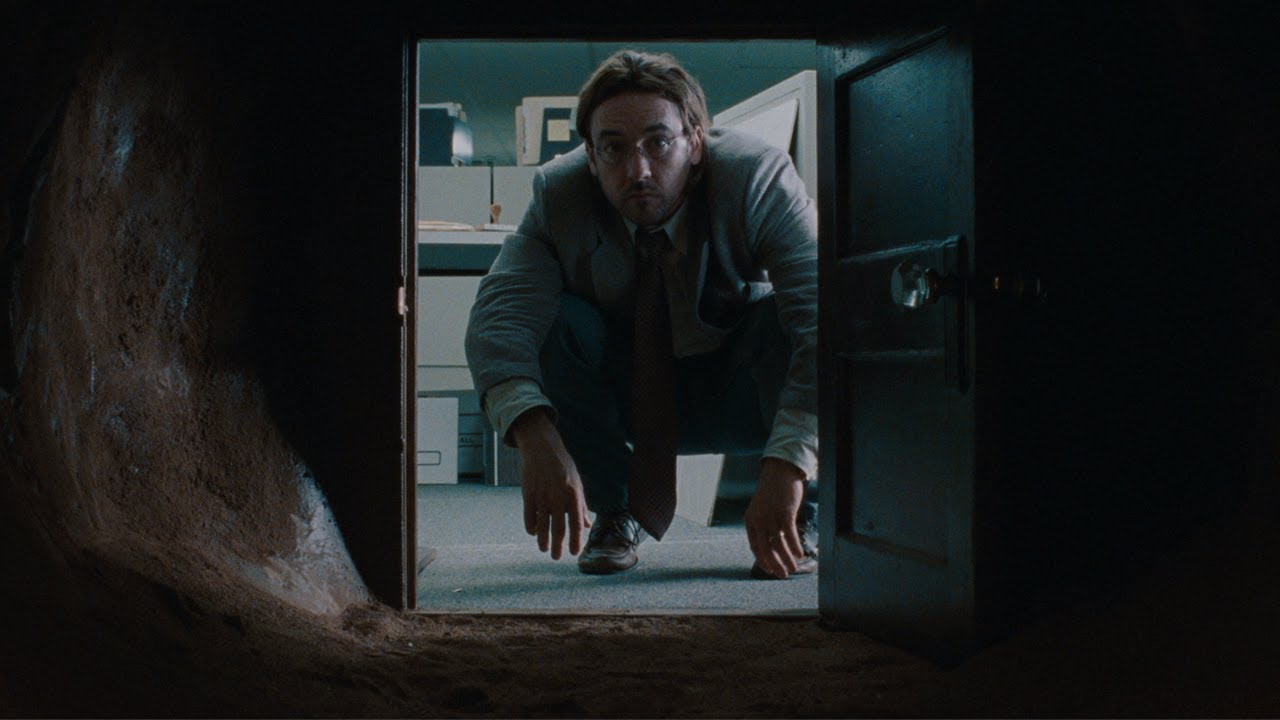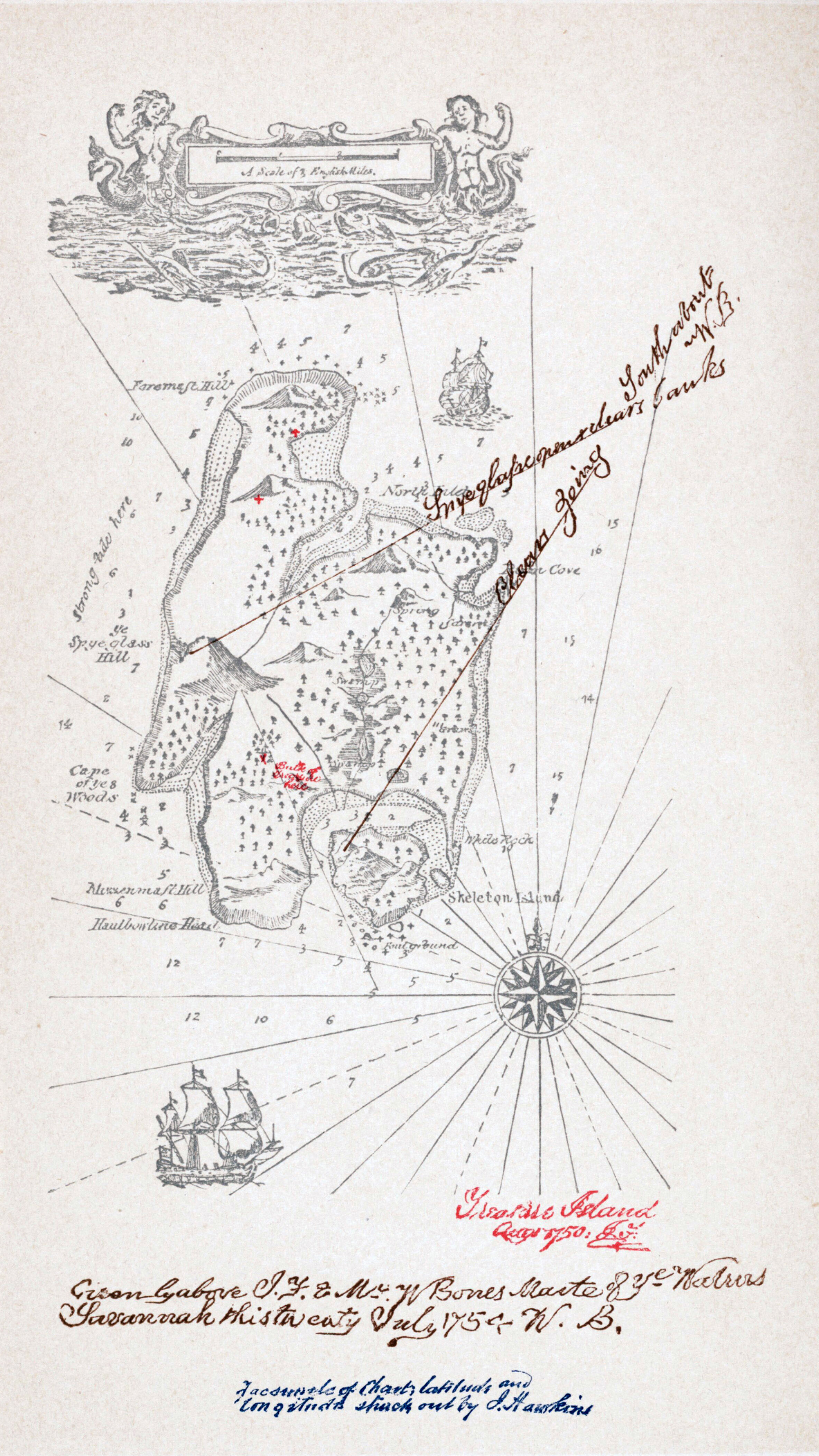
Q: What do you think about prepping and running Swords & Sorcery adventures?
Unlike “science fiction” or “fantasy” or “alternate history,” for which you can make pretty solid definitions, “sword & sorcery” is kind of an ill-defined term. If we go with the original definition (“fantasy fiction that feels like the stuff Robert E. Howard wrote” — no, seriously, that’s literally how Michael Moorcock and Fritz Leiber coined it), the first thing on my list would be:
Don’t use Dungeons & Dragons.
Or, if you do, ban all the spellcasting classes. Or maybe only allow PCs to have two or three levels in a spellcasting class.
Because if you look at Howardian fantasy — Conan, Solomon Kane, Kull, and so forth — the sword is the good guy and the sorcery is almost invariably the bad guy: It’s the strange unknown lurking just beyond the eye line of civilization. (Or, alternatively, crushing civilization under a sanity-rending tyranny.)
(Moorcock’s Elric and Karl Edward Wagner’s Kane are both sorcerers, but they’re also deconstructing the genre by making the bad guy the protagonist.)
THE WORLD OF SWORD & SORCERY
But how do you make a story or adventure feel like sword & sorcery, as opposed to epic fantasy or paranormal romance or whatever genre you want to assign a typical D&D campaign to?
Ultimately, my advice — and I think all advice when it comes to sword & sorcery — will be tempered by my own idiosyncratic and imprecise “feel” for what “sword & sorcery” means. But here’s a few thoughts:
- The “civilized” portion of the world is, on some fundamental level, barbaric. There is no glittering, chivalric ideal; no ethics-enforcing Empire (except possibly far, far, away). If city-life seems sophisticated, it’s merely a veil behind which the “sophisticates” indulge heinous pleasures.
- “Civilization” is pressed right up against uncivilized enigmas, which are heightened through the fantastical and the magical. This happens as soon as you walk out of the city gates. It also happens when you journey into the black abyss of the wilderness beyond civilization’s borders. But it can even happen inside the city: “Tower of the Elephant” and “Rogues in the House,” for example, are both Conan stories in which a single building within “civilization” is revealed to contain barbaric horrors.
Civilization is, thus, the dark mirror of barbarity. It attempts to seal that darkness outside its cities, but its cities nonetheless give birth to it.
To perhaps get a clearer sense of this, consider Upton Sinclair’s The Jungle or F. Scott Fitzgerald’s The Great Gatsby. Obviously neither of these are sword & sorcery fiction, but they view civilization and high society through a similar lens: As a veneer covering a festering boil of sublime cruelty and murderous amorality.
On the flipside, the things that civilization describes as “barbarian” — Conan’s Cimmerians, Fafhrd’s Snow Clans, Belit’s pirates, Tarzan — are where nobility and chivalry are actually found. The mythic root of these stories is Robin Hood, whose idyllic society of Merry Men living in the barbarism of Sherwood Forest achieves the ideals of chivalry and nobility which are falsely claimed by the corrupt powers of “civilization.”
ADVENTURE & CHARACTER
We now know both the heroes of swords & sorcery and the source of conflict for our stories and adventures, but I think there’s a final component missing that truly gives a good swords & sorcery tale its unique “feel.”
This is sometimes described as sword & sorcery stories having “low stakes,” but I don’t think that’s quite right. A lot of the archetypal S&S heroes — Conan, Elric, Fafhrd & the Gray Mouser, etc. — all end up in reality-defining conflicts. So it’s not as simple as “Frodo saves the world and Conan doesn’t.”
I think what it boils down to is the primary motivation for a swords & sorcery hero: Survival.
This may be very literal (any number of S&S stories begin with the main character marooned or abandoned or left for dead), but often also manifests at one step removed: The desire for treasure and coin.
(And this, of course, ties into the broader themes of the world: The corruption of civilization strips the common people of wealth and power, creating a permanent lower class desperate just to survive. And the dark enigmas of the world are a constant source of deadly danger.)
Importantly, however, this base need for survival is always displaced by a selfless heroism: When given the choice between securing his treasure and rescuing the maiden, Conan will always rescue the maiden. Robin Hood doesn’t simply steal from the rich, he gives to the poor. (Which is, of course, why both we and Maid Marian love him.)
Where civilization fails to protect the innocent (and is, in fact, often the ones victimizing them), it is the “outsider” that civilization teaches you to fear that will ultimately sacrifice to help those in need.
For similar heroes in other genres, consider Indiana Jones in Raiders of the Lost Ark or the vampire hunters in John Steakley’s Vampire$.















